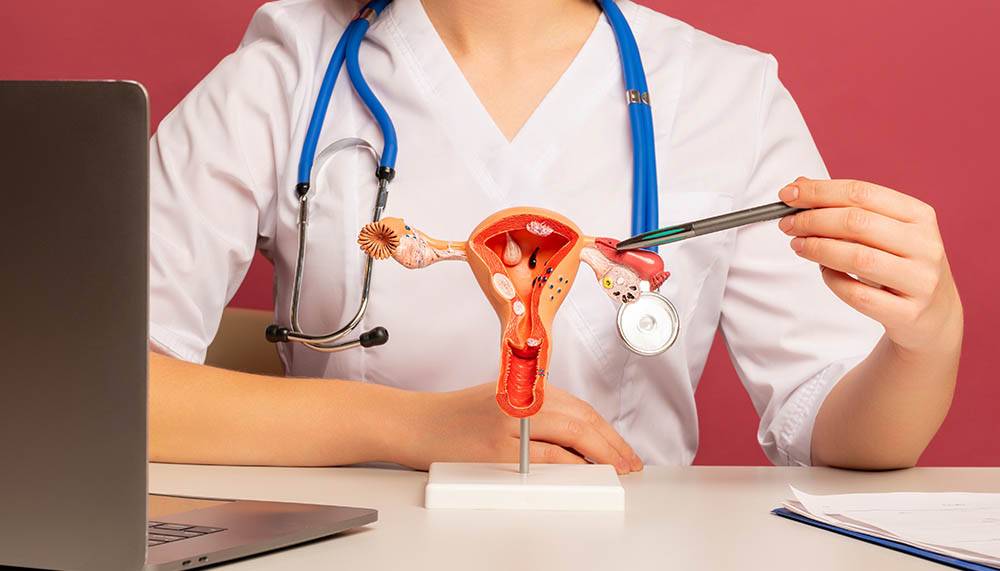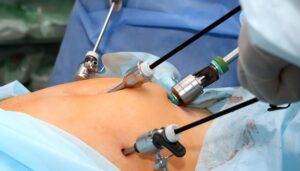What is Hysteroscopy?
Why Might You Need a Hysteroscopy?
Abnormal vaginal bleeding
Abnormal vaginal bleeding is something that really warrants a serious medical concern. It could be changes in hormones, possible growths, or even something underlying which has unpredictable bleeding patterns. Hysteroscopy is one technique employed by doctors to see the lining of the uterus and to locate such places of irregular menstrual flow exactly.
Painful menstrual periods
Painful menstrual periods take away better parts of your life, and in a majority of cases, they point towards some deeper reproductive health problems. Severe cramps, extreme discomfort, and pain can be debilitating and abnormal to most people. The endometrial lining, fibroids, or some structural abnormality are possible culprits that hysteroscopy helps to investigate as causes of pain monthly.
Suspected Uterine Fibroids
Suspected uterine fibroids require careful medical examination concerning size, location, and possible effects. These non-cancerous growths may invade and hamper the reproductive health as well as the well-being of women. Hysteroscopy offers the best direct view of these growths, assisting the physician in outlining a treatment strategy.
Challenges in Fertility
Fertility challenges can be heavy and complicated within couples' minds seeking those things. Uterine abnormalities might interfere with a successful pregnancy without your real knowledge, and all that hysteroscopy does is plaster into the cavity of the uterus.
Repeated miscarriages
Repeated miscarriages create immense emotional pain and uncertainty about reproductive health. Your body might have underlying conditions preventing successful pregnancy maintenance. Hysteroscopy helps doctors investigate uterine structural issues, scar tissue, or abnormalities that could contribute to pregnancy loss.
Abnormal scan results
Abnormal scan results require precise investigation to understand their full implications. Traditional imaging might suggest potential issues that need closer examination. Hysteroscopy provides a direct, detailed view of your uterine environment, helping doctors confirm or rule out preliminary scan findings.
How Does the Procedure Work?
Conditions We Diagnose
- Uterine fibroids
- Polyps
- Adhesions
- Congenital uterine abnormalities
- Unexplained bleeding
- Potential cancer screenings
Benefits of Hysteroscopy
Minimal invasive technique
Minimal invasive technique means smaller incisions, reduced trauma to your body, and faster healing processes. Traditional surgical methods often require large cuts and extended recovery periods. Hysteroscopy uses tiny instruments, allowing doctors to examine and treat uterine conditions through small openings.
Faster recovery time
Faster recovery time helps you return to normal activities quickly after the procedure. Unlike extensive surgical interventions, hysteroscopy minimises physical stress and allows faster healing. Most patients experience minimal discomfort and can resume daily activities within a short period after the examination.
Precise diagnostic capabilities
Precise diagnostic capabilities enable doctors to see the exact details inside your uterus. The high-resolution camera provides clear, detailed images of your uterine environment. This precision helps medical professionals identify subtle changes, small growths, or structural abnormalities that might be missed by other diagnostic methods.
Lower risk of complications
Lower risk of complications makes hysteroscopy a safer alternative to traditional surgical procedures. Smaller instruments and minimal invasiveness reduce potential infection risks. Fewer potential complications mean less stress for patients and more confidence in the medical approach used to diagnose uterine conditions.
Same-day procedure options
Same-day procedure options provide convenience and efficiency for busy patients. You can schedule the hysteroscopy and return home quickly without extended hospital stays. This approach reduces medical costs, minimises disruption to your daily life, and provides quick answers to your health concerns.
Immediate treatment potential
Immediate treatment potential allows doctors to address issues during the same procedure. If small problems are discovered during the examination, doctors can often treat them immediately. This approach saves time, reduces multiple medical visits, and provides faster resolution to potential uterine health challenges.
What to Expect During Your Visit
Recovery and Follow-up
Women often return home the same day after a hysteroscopy. There may be mild cramping or light spotting. Our doctor will provide information for your specific recovery and follow-up appointments.
Why Choose Kewal Hospital?
Your Health Comes First
We know that medical procedures can be quite scary. Our compassionate team gives loving support, communicates clearly, and provides expert medical treatment. We pledge to assist you in achieving and maintaining reproductive health.




